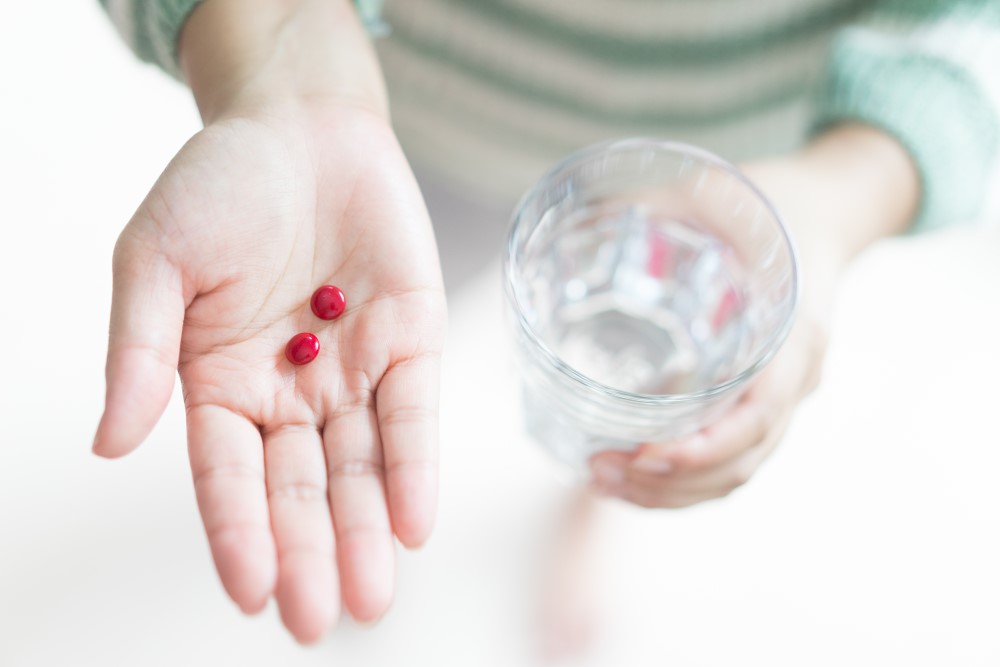Iron Intake Vs. Iron Absorption in the Body
Posted by Pharmics on 12th Jul 2021
Iron is a vital mineral for several bodily functions, including growth and development plus red blood cells, and proper levels of iron consumption are important for avoiding iron deficiency and its several negative symptoms. However, did you know that it’s possible to become iron-deficient even if you’re eating the right amount of iron-rich foods and taking the proper supplements?

This is an issue that speaks to the differences between iron intake and iron absorption, and at Pharmics Inc., we’re here to help. We offer a wide range of iron supplements for those who have had iron deficiency issues in the past, plus expertise on some of the important factors that play a role in not just how much iron you consume, but how it’s absorbed into your body. What is the difference between iron intake and iron absorption, and what are some themes to consider as you promote the proper balance here? Let’s take a look.
Intake Vs. Absorption
Iron intake, as you may have already guessed, refers simply to the overall amount of iron that you put into your body. Iron is consumed in a few ways, from eating iron-rich foods and drinking iron-rich beverages to taking iron supplements for those who need them.
Iron absorption, on the other hand, speaks to the amount of iron the body can process before excess iron is removed from the body without having an impact on it. If the body is not properly prepared for the absorption stage, it will not be able to receive the full benefits of the iron you consume, and you could develop a deficiency even despite consuming acceptable amounts.
Foods to Avoid
One key player in iron absorption is the nutrients the body already has, plus how certain foods and iron sources interact with them. Here are some of the foods or beverages that should be avoided for those who have had issues with iron absorption in the past:
- Egg protein
- Coffee
- Tannic acid
- Cocoa
- Foods high in fiber
- Phytic acid (in things like legumes, grains and other plants)
Foods to Promote
On the flip side, foods rich in vitamin C – such as citrus products, leafy greens, strawberries, melons, bell peppers and others – will help counteract the effects of some of the foods we listed above. Vitamin C improves the body’s ability to absorb non-heme iron, which is found in non-meat sources, and increases your overall intake.
In addition, foods high in vitamin A and beta-carotene also increase iron absorption quality. These foods include carrots, spinach, sweet potatoes, squash, cantaloupe, apricots, peaches, kale and several others. Meat, poultry and fish also tend to show good results here, though in slightly less extensive ways than those we just listed.
Iron Supplements
Finally, iron supplements are often a good additional resource for those struggling with iron absorption – but they won’t solve the problem alone. When taken in coordination with some of the iron absorption tips we’ve offered here, supplements often play a major positive role in evening out iron levels and removing symptoms of iron deficiency. However, simply taking supplements with no other changes and assuming your issues will abate might be misplaced.
For more on iron intake versus absorption, or tips on how to improve either or both of these areas through iron supplementation, speak to the staff at Pharmics Inc. today.
Check with your physician before taking an iron supplement or giving an iron supplement to an infant or any child.
*WARNING: Accidental overdose of iron containing products is a leading cause of fatal poisoning in children under 6. Keep iron containing products out of the reach of children. In case of accidental overdose, call a doctor or poison control center immediately.
Statements on this page have not been evaluated by the Food and Drug Administration. These products are not intended to diagnose, treat, cure or prevent any disease.

